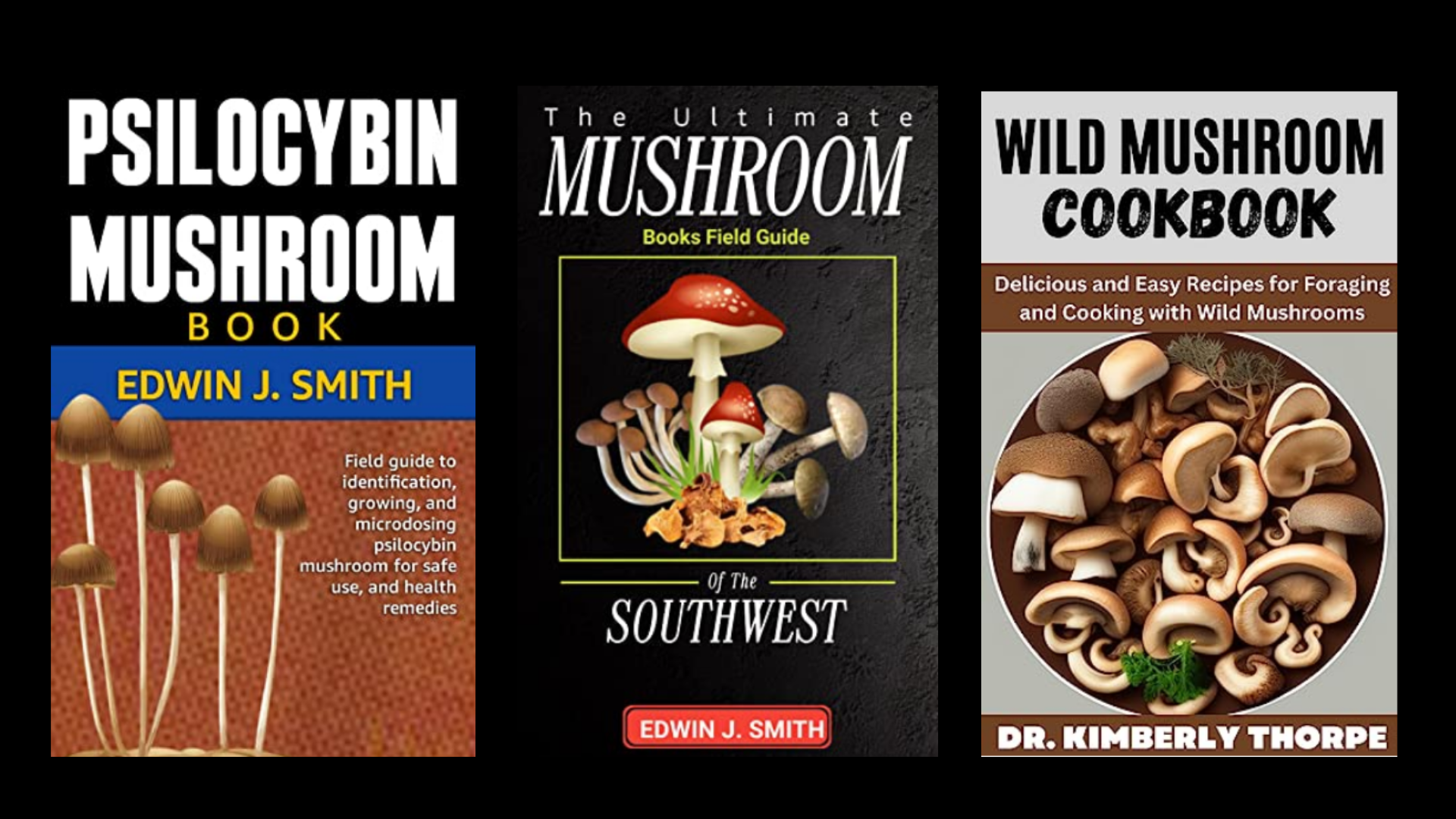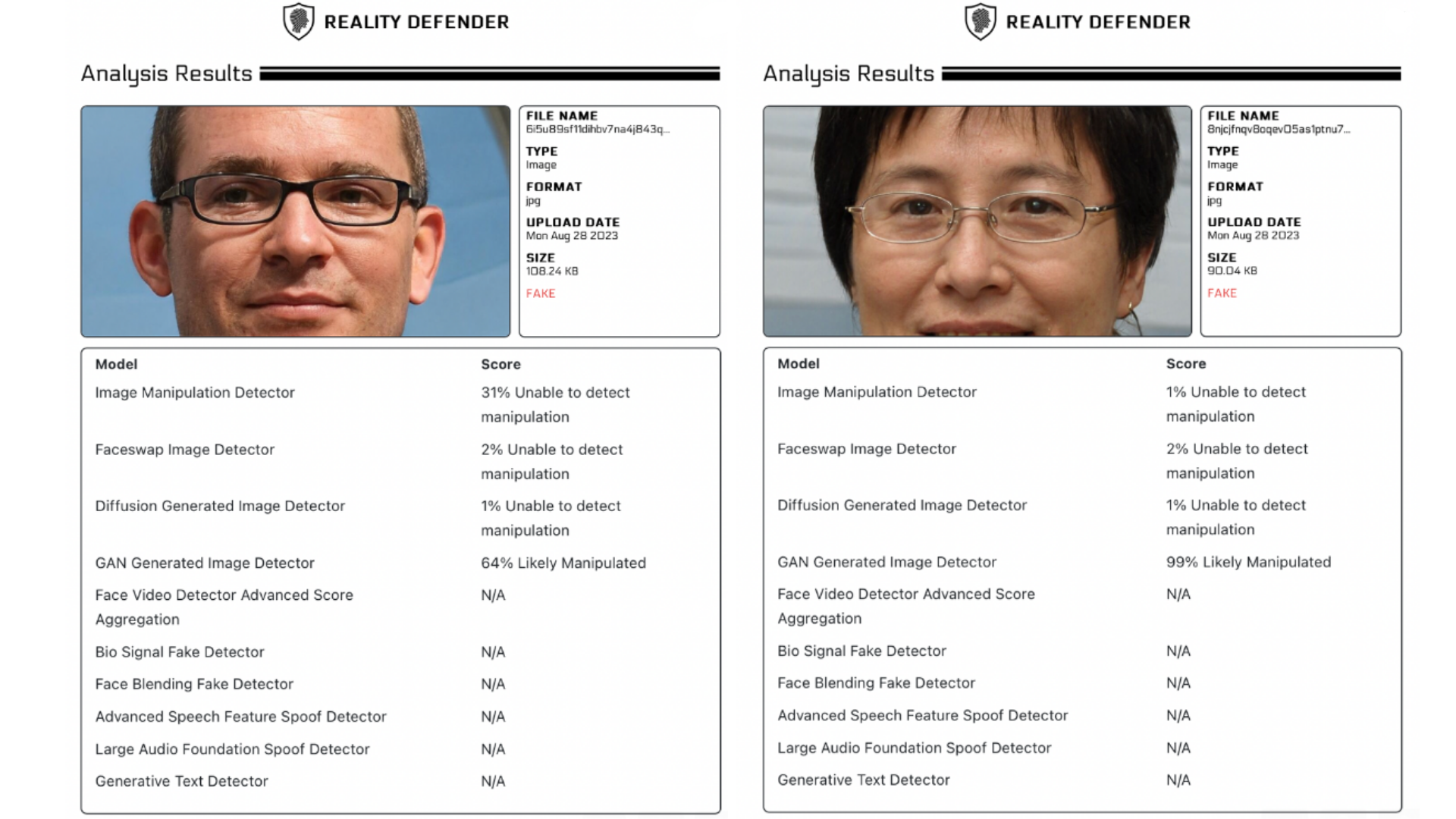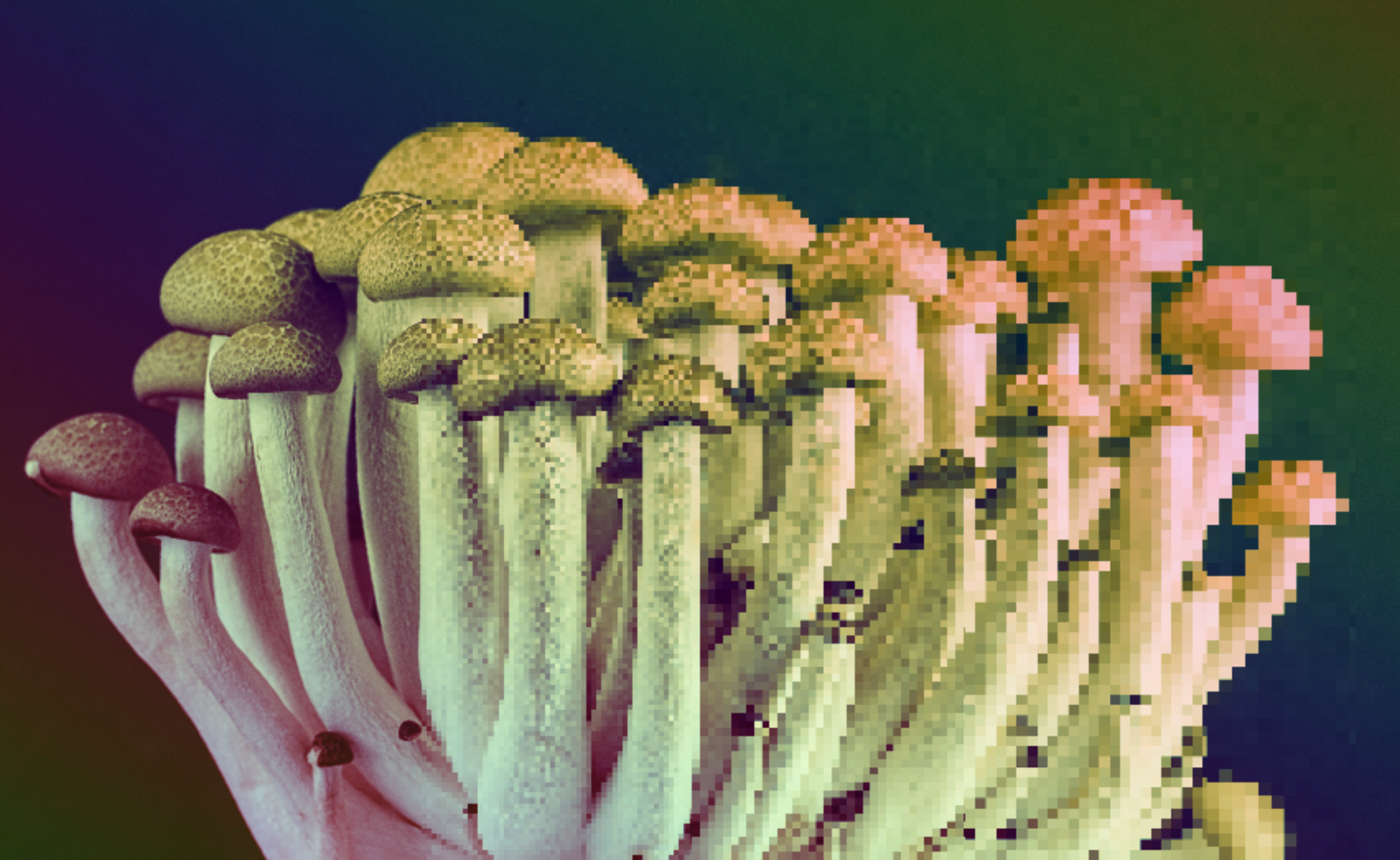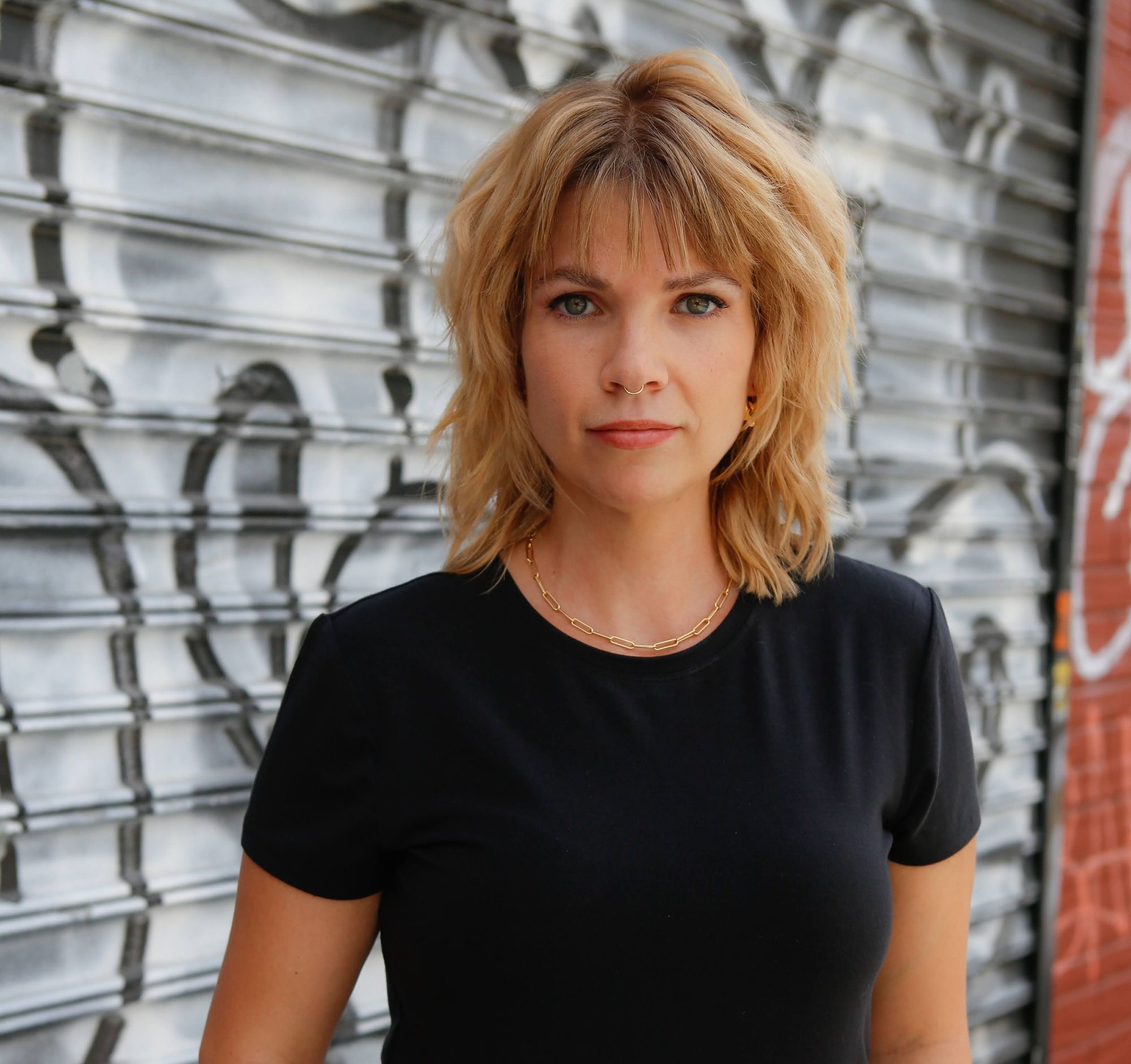A genre of AI-generated books on Amazon is scaring foragers and mycologists: cookbooks and identification guides for mushrooms aimed at beginners.
Amazon has an AI-generated books problem that’s been documented by journalists for months. Many of these books are obviously gibberish designed to make money. But experts say that AI-generated foraging books, specifically, could actually kill people if they eat the wrong mushroom because a guidebook written by an AI prompt said it was safe.
The New York Mycological Society (NYMS) warned on social media that the proliferation of AI-generated foraging books could “mean life or death.”
🚨: PSA Alert!
— newyorkmyc (@newyorkmyc) August 27, 2023
🔗: link in bio@Amazon and other retail outlets have been inundated with AI foraging and identification books.
Please only buy books of known authors and foragers, it can literally mean life or death. pic.twitter.com/FSqQLDhh42
“There are hundreds of poisonous fungi in North America and several that are deadly,” Sigrid Jakob, president of the New York Mycological Society, told me in an email. “They can look similar to popular edible species. A poor description in a book can mislead someone to eat a poisonous mushroom.”
A quick scan of Amazon’s mushroom and foraging books revealed a bunch of books likely written by ChatGPT, but are sold without any indication that they’re AI-generated and are marketed as having been written by a human when they’re very likely not.
“Edwin J. Smith” is the author listed on two books—The Ultimate Mushroom Books Field Guide Of The Southwest: An essential field guide to foraging edible and non-edible mushrooms outdoors and indoors and Psilocybin Mushroom Book: Field Guide To Identification, Growing, and Microdosing Psilocybin Mushroom for Safe Use and Health Remedies—but doesn’t have any other books, or an online presence otherwise. The only Edwin J. Smith I could find was a Professor Emeritus of medicine at Indiana University from a staff list that’s more than a decade old.
I ran the descriptions of these books through AI-generated text detection tool ZeroGPT, which estimates how much of a selection of text might be written by an AI text generator like ChatGPT, and both were more than 85 percent written by AI. In the sample pages available on the Amazon listings, both follow a specific format: a short piece of anecdotal fiction about a hobbyist. The psilocybin mushroom book begins (which ZeroGPT determined is 94 percent AI-written):
“Stella had always been interested in the natural world and was fascinated by the many unknowns of the plant world. She had heard about the power of a special type of mushroom, known as psilocybin mushrooms, and decided to dedicate her time to learning more about them.”
And the Southwest field guide begins with:
“Tompson was a health enthusiast, always looking for new ways to improve his diet and overall wellness. He loved incorporating fresh vegetables and herbs into his meals and was particularly fond of mushrooms. However, he found that buying mushrooms at the grocery store was becoming increasingly expensive, and he longed for a more sustainable and cost-effective solution.”
ZeroGPT ranked those lines as 100 percent GPT.
Another sample page from The Ultimate Mushroom Books Field Guide Of The Southwest, which briefly notes that some mushrooms can be poisonous before pivoting to medicinal properties of mushrooms, was also likely generated by AI, according to ZeroGPT.
Another book, WILD MUSHROOM COOKBOOK FOR BEGINNER: The complete guide on mushroom foraging and cooking with delicious recipes to enjoy your favorite, was written by “Mageret Lawrence,” who has published 19 titles—mostly how-to guides about diet and nutrition—on Amazon within the last two months. Her author page is suspiciously vague, citing a nutrition background and research experience, but no specifics as to which institutions she worked at or earned degrees from. The description for this cookbook may be at least partially generated by ChatGPT, according to ZeroGPT.

Another potentially AI-generated author, “Dr. Kimberly Thorpe,” has written 37 nutrition and health books on Amazon, including one titled WILD MUSHROOM COOKBOOK: A Beginner's guide to learning the basics of cooking with wild mushrooms for health and flavor, complete with easy-to-follow recipes!. All of Thorpe’s dozens of books have been published in the last several months. They are all in the same style as the above examples, and the GPT detector said it’s 100 percent AI. Unlike the others, Thorpe lists the university where she got her Ph.D, and mentions having written for the Huffington Post and the New York Times, but I couldn’t find her in any of these places. A spokesperson for UC Davis told me that they checked the registrar and do not have any alumni by that name in their records.
After 404 Media reached out for comment and sent the company links to these suspected AI books, Amazon deleted The Ultimate Mushroom Books Field Guide Of The Southwest, Psilocybin Mushroom Book, and WILD MUSHROOM COOKBOOK FOR BEGINNER.
“Amazon is constantly evaluating emerging technologies and is committed to providing the best possible shopping, reading, and publishing experience for our authors and customers,” Amazon spokesperson Ashley Vanicek told 404 Media. “All publishers in the store must adhere to our content guidelines, regardless of how the content was created. We invest significant time and resources to ensure our guidelines are followed, and remove books that do not adhere to these guidelines. We’re committed to providing a safe shopping and reading experience for our customers and we take matters like this seriously.”
False Morels and Death Caps are two species found in the American Southwest that look a lot like their edible, non-poisonous counterparts and can kill you within hours. Foraging safely for mushrooms can require deep fact checking, curating multiple sources of information, and personal experience with the organism, Jakob said—none of which ChatGPT has the ability to do. “Human written books can take years to research and write,” Jakob said.
The differences between a mushroom that will kill you and one that’ll work well on a pizza can be difficult even for humans to spot. Elan Trybuch, secretary for the New York Mycological Society, told me that it can require first hand interaction with the shrooms to determine if they’re deadly.
“AI does not know the subtle differences between a mushroom that is poisonous such as the Death cap (Amanita bisporigera) vs one that is not, Wood Mushroom (Agaricus silvicola),” Trybuch said. “NYMS members have even found people foraging in Harriman State Park, who before AI books, were foraging for the Amanita bisporigera. Luckily we saw them and were able to explain to them the differences. One way we do so on our walks, is to use KOH (Potassium Hydroxidie) to see the color change on the cap itself.”
Destroying Angels aka Amanita bisporigera are easily mistaken as edible. See pic below: #amanita #deadly #fungi #mushroom #foraging pic.twitter.com/huIuPOWZFg
— newyorkmyc (@newyorkmyc) September 25, 2021
Ben Colman, co-founder and CEO of AI manipulation detection tool Reality Defender, told 404 Media that the author images are most likely generated by an AI. “The two author images are almost certainly GAN-based creations, as displayed in our results. GANs are one of many thousands of methods used to generate deepfakes and AI-generated images,” he said.

When run through a Hugging Face open-source AI image detector, the author photos scored as highly likely to be machine generated. Lawrence’s photo contains visible artifacts around the earlobes and hair that are consistent with AI-generated images like the ones found on Linkedin scam profiles.
Looking for authors’ activity elsewhere online is one of the ways mycologists and experienced foragers suggest finding reliable information. Rebecca Lexa, who writes books on the natural world herself, and shares naturalist information like identification tips, sounded the alarm on Tumblr about AI-generated foraging books, and used an Amazon-listed author named “Jason Cones” as an example: Cones has 26 books on Amazon (including one aimed at foraging beginners) but no other online presence. “If you search for him online, the only page for an author named Jason Cones is the Amazon author page--no website, no social media, no interviews, nada,” Lexa wrote. “Even a brand new author will at least have something other than their Amazon page, and they'll mention experience, credentials, other biographical info.” Cones’ author bio, like Lawrence’s, is vague about his experience.
One of the beautiful things about the foraging community is its openness to beginners: groups like NYC Mycology Society take new foragers around cities and parks to show them firsthand how to safely forage from public spaces, and amateur foragers contribute valuable research and science to mycology. But when it’s flooded with ChatGPT trash, it’ll only get harder to sift through the garbage to find morsels of quality, human-made info for beginners.
A previous version of this article misstated Trybuch's role at NYMS, and is now corrected.


